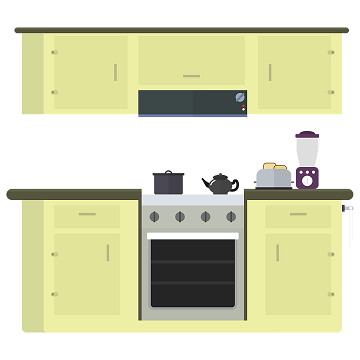
There’s nothing worse than getting home from a long day at work to find your electric oven has broken – there go your dinner plans! Luckily for you, we can save the day with our powers of damaged-electric-oven-diagnosis (…think of us as a more practical superhero). So, from minor oven faults to an oven which has completely cut out, we have the ‘problem + solution’ equations to get your electric oven back up and cooking.
Know Your Elements (no, not the periodic table kind)
Faults with heating elements are a pretty common problem with electric ovens. If you’re finding that the light or fan still come on, but your oven isn’t heating up properly, you probably have a faulty heating element. In the majority of cases, the best way to fix this is to identify the damaged element in your electric oven and replace it. You can find all our oven element replacements here.
Burnt Grub
If your oven is still cooking food but doing its job a little too well – i.e. burning everything to a crisp – the issue is likely down to the thermostat. You probably won’t be surprised to hear that a thermostats job is to manage the temperature of your oven, when it breaks or becomes dirty the temperature becomes unstable. A quick tip for checking this is to take the temperature of the heat inside your electric oven manually – if the reading is higher than the temperature your oven is set to you can be sure the thermostats to blame – browse this page for a replacement.
Black Out
The dreaded electric oven cut out. If it appears that your oven is completely broken, it understandably causes a bit of panic – while it’s hard to diagnose the exact oven fault without knowing the specifics, there are a few common oven issues we can outline for you. One possible problem is that the power from the mains has cut out due to a blown fuse (luckily, this is easily fixed). Alternatively, you may have an issue with the thermal switch or cooling fan. If you’re concerned, we recommend getting in touch with us – we can help whatever your electric oven problem.
Too Much Heat
We all like some warm weather, but if you find that your oven door or knobs are very hot to the touch – or even that other utilities in the kitchen are heating and burning you may have a broken oven door or faulty cooling fan. A damaged oven door allows the heat to escape and consequently can burn furniture around the kitchen. Once you’ve identified whether the fan or oven door is the issue, you should look into cooling fan and oven door replacements.
If we didn’t identify your electric oven fault here then fear not, you can give our team a call on 02920 452 510 so we can help diagnose the problem and recommend quality parts to get your electric oven fixed. For those of you already in the know, you can browse all our spare electric oven parts to find what you need for excellent value for money!
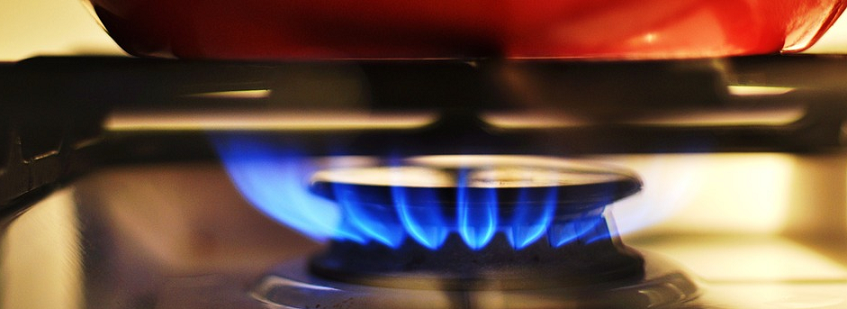
The igniter on your gas oven is a fundamental part when it comes to heating your oven up. A gas oven igniter works by sparking and heating the gas emitted from the oven, so without it, the oven will not be able to produce heat. However, as so much rests on this little igniter, they are prone to a bit of wear and tear.
If you find your gas oven igniter is not working, you should first try to troubleshoot the issue and double check it is your oven igniter that's not working. Here's how you can troubleshoot a broken gas oven igniter.
Troubleshooting Gas Oven Igniter
- Check the gas supply lines. If the stovetop igniter lights up, but the oven won't light, then the issue does lie with your ignitor. If neither light up it could be an issue with your gas line.
- Make sure you have enough gas and double check all the valves are switched to 'on'.
- Inspect your igniter and check if it is dirty. If the igniter is covered in debris, this could be causing an issue. Try cleaning it gently to try to improve the sparking.
- Take a look at the pilot hole. If this is covered in grime, it could also be causing your gas oven igniter to not work. Clean the pilot hole with a needle carefully and try to remove any build up.
- Finally, check any electrical connections to your cooker. Ensure they are connected properly. If you found that the connections were a little bit loose, try turning on your oven again after tightening the connection to see if the issue has improved.
What To Do If Gas Oven Igniter Is Broken
If your gas oven igniter is actually broken, your best option is to find a suitable replacement for your cooker. CookerSpareParts is dedicated to finding the right replacement for your cooker, so we have a system for you to find the exact gas oven ignitor you need.
Just head to our homepage and enter your oven manufacturer and model number. This will then display all the parts that are a suitable fit for your cooker. However, if you'd prefer to give us a call and speak to a member of our friendly team just call 02920 452 510!
Here's a look at just a few replacement parts for a gas oven igniter that's not working:
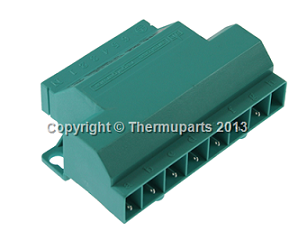
Spark Generator for Cannon Cookers
£40.00 inc VAT
Genuine Part
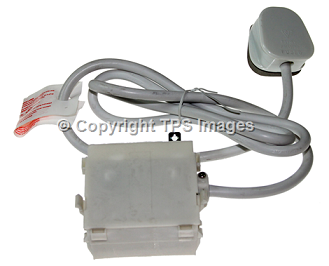
Ignition Generator & Main Plug
£23.99 inc VAT
Genuine Part
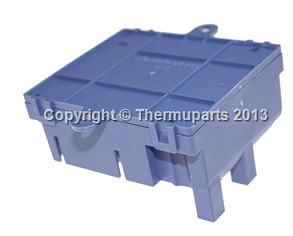
Ignition Module for Hotpoint Appliances
£25.99 inc VAT
Genuine Part
If none of these models are suitable for your cooker, you can browse our full range here to find the right part to fix your gas oven igniter which is not working. We would advise you use our system to ensure the replacement part will fit with your cooker properly. If you need help finding the right part, you can get in touch with us here!
If you've found your electric oven's temperature fluctuating, this could be due to a number of reasons. Every oven is made up of a variety of different parts and if one element is not working, this could be the cause of your oven's temperature fluctuation. Find out which parts could be causing a problem below.
Reasons Your Electric Oven Temperature Fluctuates
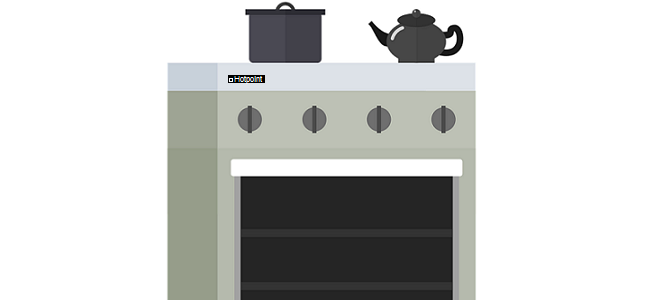
1) Your oven thermostat is broken
A broken electric oven thermostat is most likely the cause of your electric oven's temperature fluctuation. Your oven thermostat is the oven part which regulates the temperature. If the thermostat is broken, it will no longer be able to keep the temperature at a stable level and will cause fluctuation. This most often leads to burnt food, but can also lead to undercooked (and potentially dangerous) food.
Buy replacement oven thermostats here.
2) Your oven element is damaged
If you find that your oven is hot on one side and cooler on the other, this could be down to your oven element becoming damaged. Your oven element is responsible for providing heat within the oven cavity, so if part of it has become damaged it could mean that one area of your oven is cooler than the other parts.
Buy replacement oven elements here.
3) The cooling fan is starting to break
If your electric oven cooling fan is broken, this could cause the temperature to fluctuate during cooking. The cooling fan works to help regulate the temperature within the oven and will stop it from getting too hot. If your cooling fan is broken or on it's way out, you may find that your electric oven's temperature fluctuates substantially.
Buy replacement cooling fans & motors here.
4) Your electric oven door seal has come loose
You may not think it is a hugely important part of the oven, but the purpose of your oven door seal is to retain the oven heat. A loose oven door seal can cause your electric oven's temperature to fluctuate as it loses heat through the gaps. An oven door seal can easily be replaced, which should solve your oven temperature fluctuation problem!
Buy replacement oven door seals here.
If you find that none of these oven parts are broken, your oven temperature fluctuation could be due to a larger problem. We would recommend speaking to a professional and then get in touch with us as CookerSpareParts to find the right replacement part!
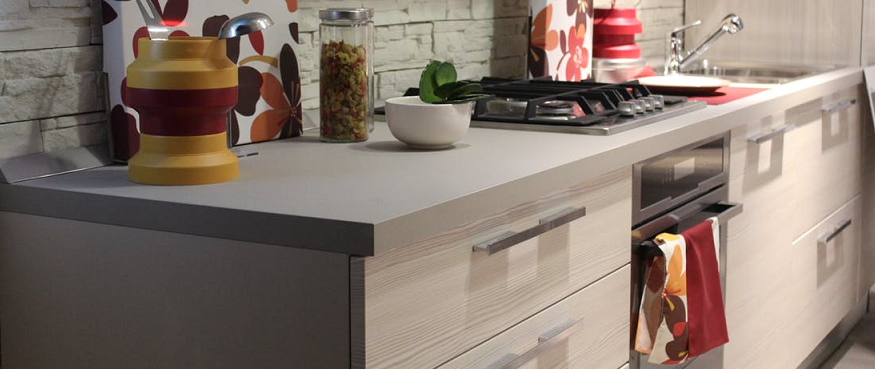
If you have a convection oven, you'll likely know that the fan is a big component of this type of cooker. This is why today we will be looking at what to do if your convection oven fan is not working.
Convection ovens have a fan and exhaust system which allows the hot air to be distributed around the food evenly and then back out through the vent system. This allows the food to cook quickly and evenly in a way regular ovens do not provide. They are especially good for baking!
If you've found your convection oven fan is no longer working, you may be wondering what you can do. You don't want to replace your oven (as this can be costly) so a replacement convection oven fan should be your next step. Guaranteed to be a cheaper fix than buying a new oven.
If you want to double check it is your convection oven fan that's not working, turn on your oven and wait for a little while. The convection oven fan will not start up right away and will only start whirling once the oven has reached the desired temperature. If the fan does not start whirling once the oven has heated up, it is likely your convection oven fan is broken.
So, what can you do if your convection oven fan is broken?
Luckily, each part of your cooker can be replaced, including the oven fan. Here at CookerSpareParts, we have a wide range of replacement convection oven fans which should fit any model. Replacing your convection oven fan with a newer model should fix your problem and will save you money in the process. Here's a look at just a few we have in stock.
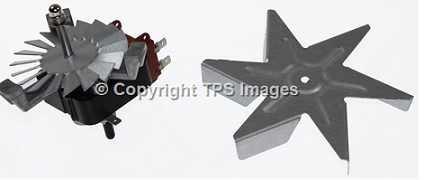
Circular Fan Oven Motor
Genuine Part. Suitable for Stoves, Indesit, Diplomat, New World, Ariston and Belling Convection Ovens.
£28.99 inc VAT
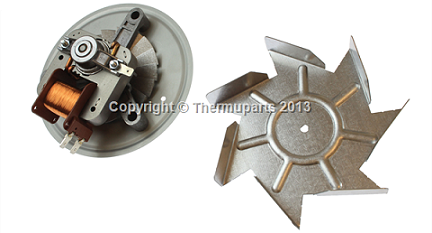
Replacement Oven Fan Motor
High quality replacement. Suitable for Belling, New World and Stove Convection Ovens.
£22.99 inc VAT
You can browse our full range of Oven Fans and Motors here to find the perfect replacement convection oven fan for you.
We've also written a guide on how you can replace your oven fan without the need for a professional!
We hope this has helped you solve your convection fan problem. If you need any help with choosing the right replacement part you can contact us or give us a call on 02920 452 510.
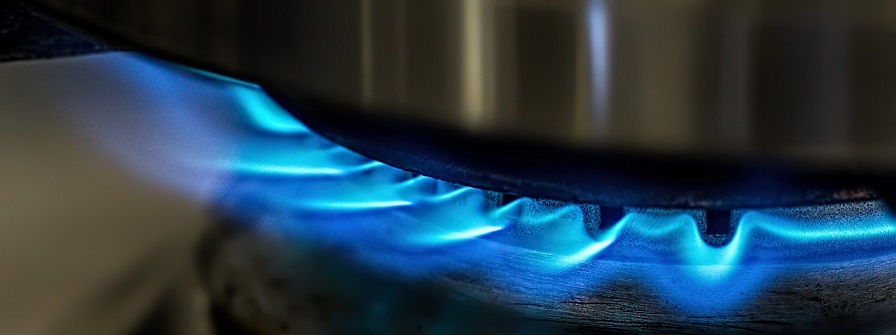
Are you having trouble lighting your oven? If your gas oven is failing to light, this could be due to a number of different problems. Appliances in the home are quite often subject to wear and tear and this will require a little troubleshooting to find the cause of the issue.
Reasons Why Your Oven Is Not Lighting
In order to find out why your oven is not lighting, take a look at our step-by-step guide.
- First, check the gas supply lines and the igniter. If your top igniter is working, but the oven cavity itself will not light, it is the oven igniter that may have a problem. This is not a problem with the gas.
- Secondly, check the gas tank. If the gas is low, this could be why your oven is not igniting.
- Check your cooker values are switched to the 'on' position.
- Locate your oven igniter and check it is clean. If the igniter is covered in dirt, this could be why your oven will not light. Gently clean the igniter and remove any debris.
- Find the pilot hole which emits the gas. Using a needle, insert it into the hole and gently clean away any buildup or debris that could be restricting the gas.
- Next, check if the igniter sparks. To do this, turn the gas off and press the ignition button. If you cannot hear the clicking noise or see any sparks, this is why your oven is not lighting and means the igniter needs replacing.
- Finally, inspect the wiring and look for any discrepancies. If any of the wires are loose, ensure you turn the oven off and then process to tighten the connection with a screwdriver.
Replacement Parts for an Oven That's Not Lighting
After troubleshooting your oven and finding the cause of the problem, you may need a replacement part. We stock plenty of spare parts that can solve your problem here at CookerSpareParts. Here's a look at just a few.
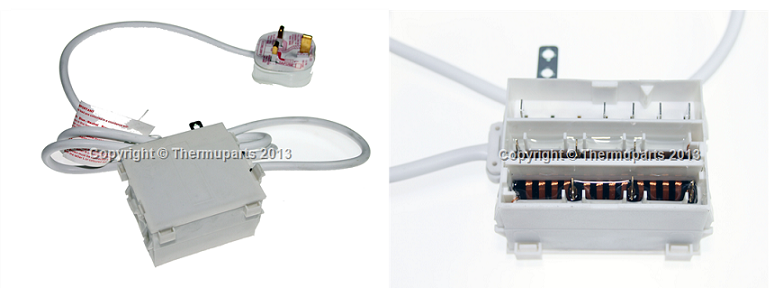
£35.99 inc VAT
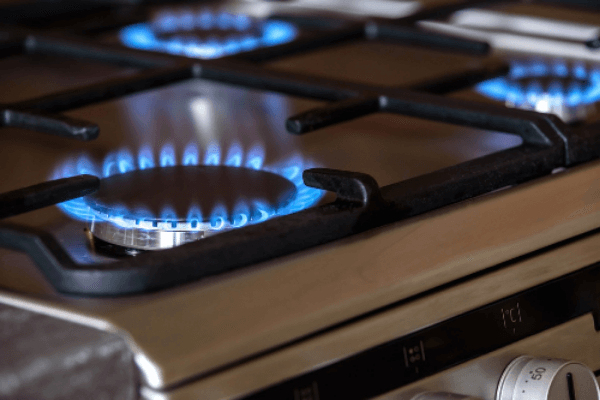
£6.49 inc VAT

£25.37 inc VAT
These are just a select few replacement parts for an oven that's not lighting. You can browse the full range here. If you have any questions, you can get in touch on 02920 452 510.